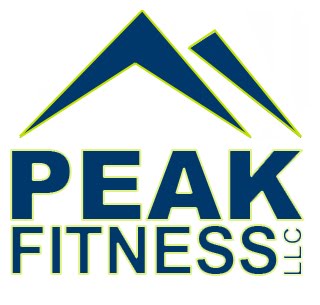
A few years ago, a Book called “Athletic Body in Balance” changed my entire world. The way I train, think about and observe movement (or what I formerly only considered “exercise”) is based upon the fundamentals touched upon in this book.
For me, one of the most powerful phrases in the book is the importance of “movement quality over quantity” and helped me decide to train both myself and my clients with this in mind.
While I would eventually gain training tools through the work of pioneers such as Boyle and Cook and evaluative systems such as the FMS the compliment this commitment, I find the principals which go along with this approach to be most important of all.
Here are a few I’ve picked up through Gray’s work in my current reading project “Musculoskeletal Interventions” that Ive added to the collection:
1. The four major stages of motor control are mobility, stability controlled mobility and skill. Activities in our daily lives can be defined as fundamental skill. All skillful movement is built on a base of fundamental movements. This foundation can be described by cornerstones called mobility and stability and central pillars called controlled mobility and dynamic stability
2. This activity is more specifically defined as that activities where the hands and feet are mobile but the the proximal muscles and muscles of the spine remain stable. We will call this general skill because it is the common function of most orthopedic patients
3. Skill is the highest level of motor control and includes the manipulation and exploration of the environment
4. When a movement is dysfunctional, the therapist must break down the movement in to sub-movements. They are simple and more specific to problem identification. They are distinguished because each represents a level of motor control as the normal developmental parameters needed to acquire a skill
5. A functional progression for return to ADL can be achieved by breaking functional skills in to a hierarchy and performing them in sequence necessary to return to function
6. The ability to recognize quality and measure quantitative properties of movement can be seen as a defining factor in physical therapy
7. The greatest loss in flexibility occurs in movements an individual does not habitually perform and inactivity is a major factor contributing to inflexibility
8. Therapeutic exercise should not produce pain. Exercises should improve tissue metabolism or stimulate mechanical efficiency while restoring motor control It is important to choose one path or the other and assess the response and adaptation accordingly




No comments:
Post a Comment